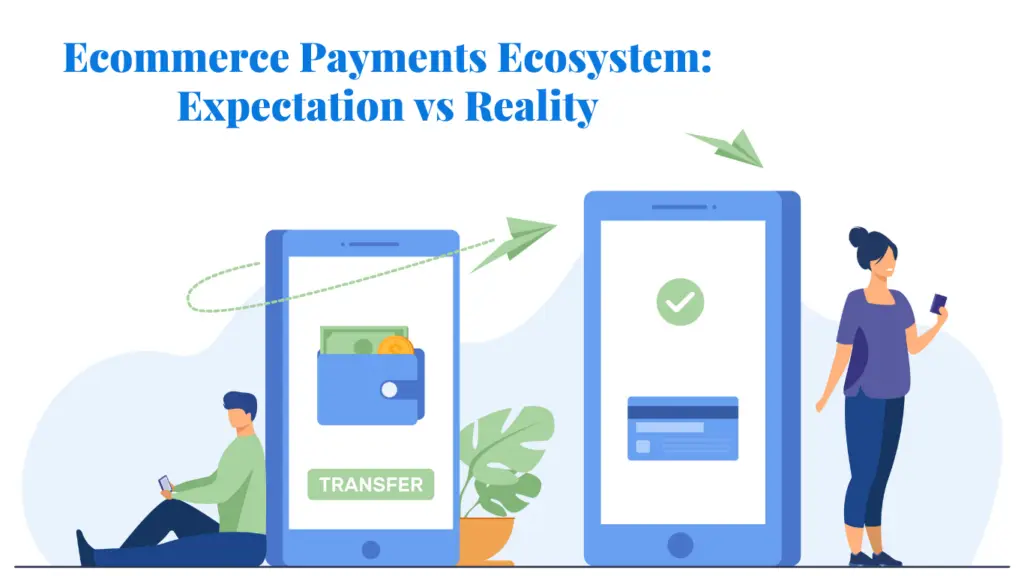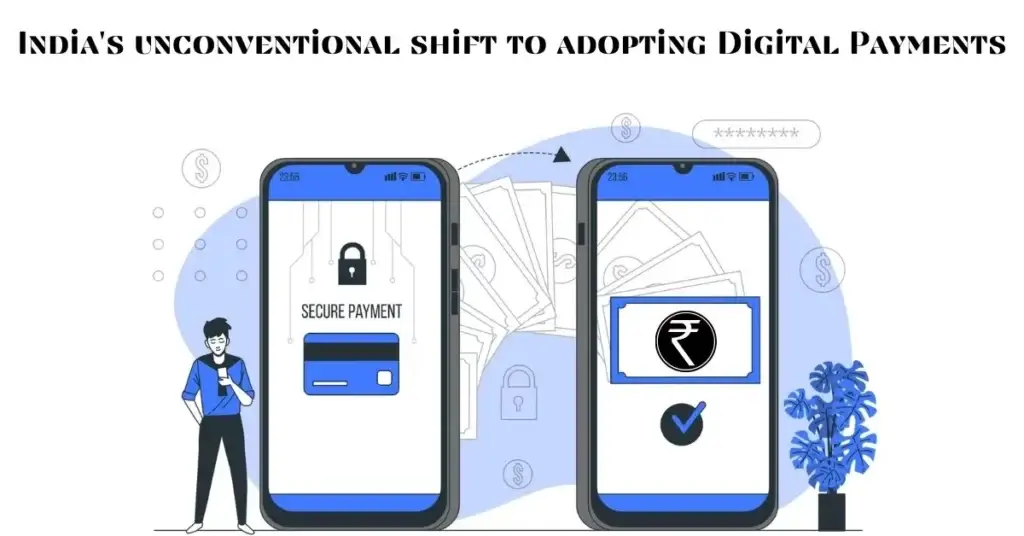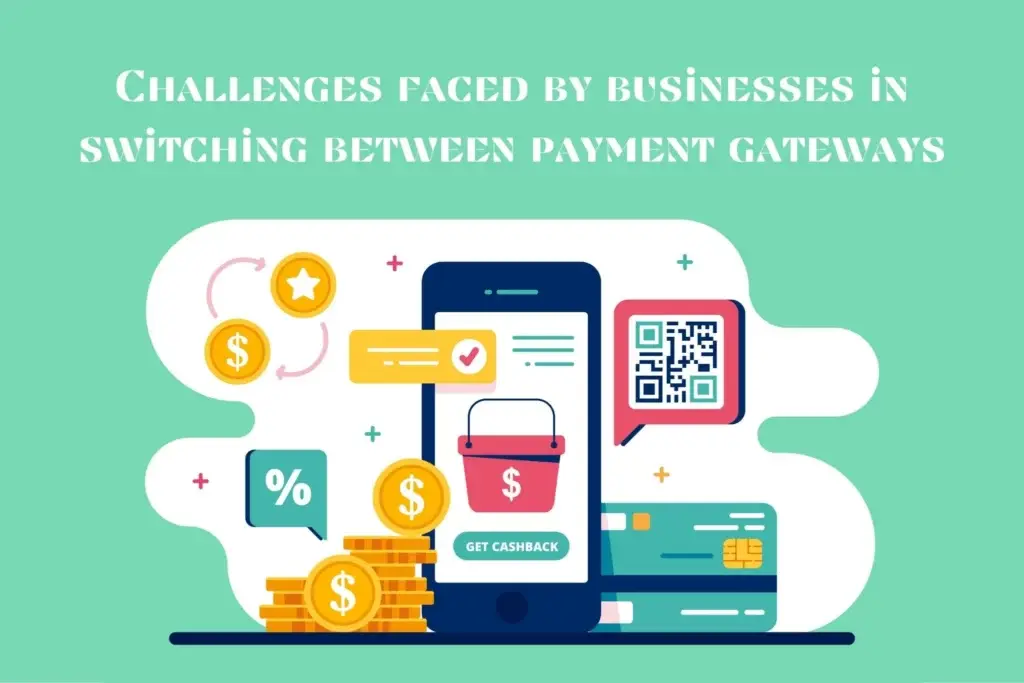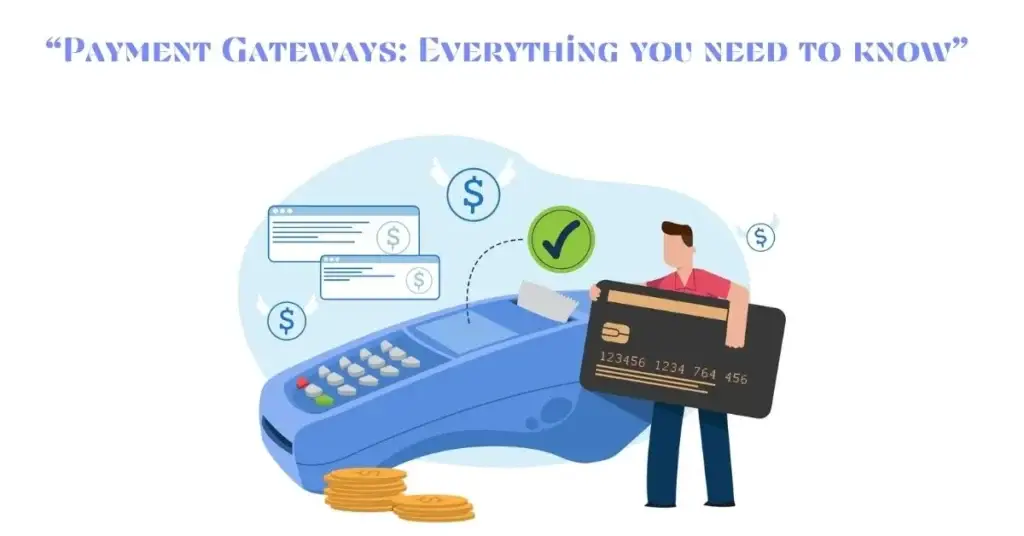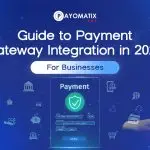In today’s digital economy, merchant accounts are vital for businesses looking to accept online payments efficiently. However, the costs associated with these accounts can impact a company’s profitability. This article explores the various merchant account fees in India and provides insights on how businesses can optimize these costs to maximize their bottom line.
Types of Merchant Account Fees
Merchant account fees in India vary depending on the provider, the business type, and the transaction volume. Here are the primary fees associated with a merchant account:
- Setup Fees:
The initial cost charged by the payment processor to set up a merchant account. Setup fees can range from zero to several thousand rupees, depending on the complexity of the integration and the provider. - Transaction Fees:
A percentage of each transaction processed through the merchant account, typically ranging from 1% to 3% per transaction. These fees can vary based on the payment method (credit cards, debit cards, digital wallets) and whether the transaction is domestic or international. - Monthly Maintenance Fees:
A fixed monthly fee for maintaining the merchant account. This fee covers account management, customer support, and security measures like fraud detection. It can range from INR 500 to INR 5,000 depending on the service level agreement. - Refund and Chargeback Fees:
Fees charged for processing refunds and handling chargebacks. Refund fees are typically a flat rate, while chargeback fees can be higher due to the additional administrative work involved. - Cross-Border Fees:
Additional charges for processing international transactions. These fees usually include a currency conversion fee and a cross-border assessment fee. - PCI Compliance Fees:
Costs associated with maintaining Payment Card Industry Data Security Standard (PCI DSS) compliance, essential for businesses handling card payments. - Early Termination Fees:
If a business decides to terminate the contract with their payment processor before the agreed term, an early termination fee may apply.
How to Calculate Merchant Account Costs
Understanding how to calculate your merchant account costs is crucial for effective financial planning. Here’s how you can estimate these costs:
- Identify All Potential Fees: List all the fees applicable to your merchant account, including setup, transaction, monthly maintenance, refund, and chargeback fees.
- Estimate Monthly Transaction Volume: Calculate your estimated monthly transaction volume and average transaction size. Multiply the transaction fees by this volume to estimate monthly costs.
- Add Additional Fees: Include any other fees such as cross-border fees, PCI compliance fees, or early termination fees.
- Use Online Calculators: Some providers offer online calculators to estimate merchant account costs based on your business size, transaction volume, and other parameters.
Tips to Reduce Merchant Account Fees
Businesses can take several steps to reduce merchant account fees and optimize costs:
- Negotiate with Providers: Many providers are willing to negotiate fees, especially for businesses with a high transaction volume. Ask for a reduction in transaction fees, setup fees, or waiver of monthly maintenance fees.
- Switch Providers: If your current provider’s fees are too high, consider switching to a different provider that offers more competitive rates or a better fee structure. Research and compare different providers to find the best fit for your business needs.
- Bundle Services: Some providers offer discounts for bundling services such as payment processing, merchant accounts, and POS systems. Bundling can lead to reduced overall costs.
- Optimize Transaction Types: Encourage customers to use payment methods that incur lower fees, such as debit cards instead of credit cards. Reducing the number of high-cost transactions can help save money.
- Monitor Your Account Regularly: Keep an eye on your merchant account statements to ensure that you are not being charged for unnecessary or unauthorized fees. Dispute any errors immediately.
Conclusion
Choosing the right merchant account provider involves understanding various fees and how they impact your business’s profitability. By carefully evaluating your business needs, negotiating with providers, and optimizing transaction types, you can minimize costs and select a merchant account that aligns with your growth objectives.
By leveraging these insights, businesses can make informed decisions, streamline their payment processes, and ensure they receive the best value for their investment in merchant services.


